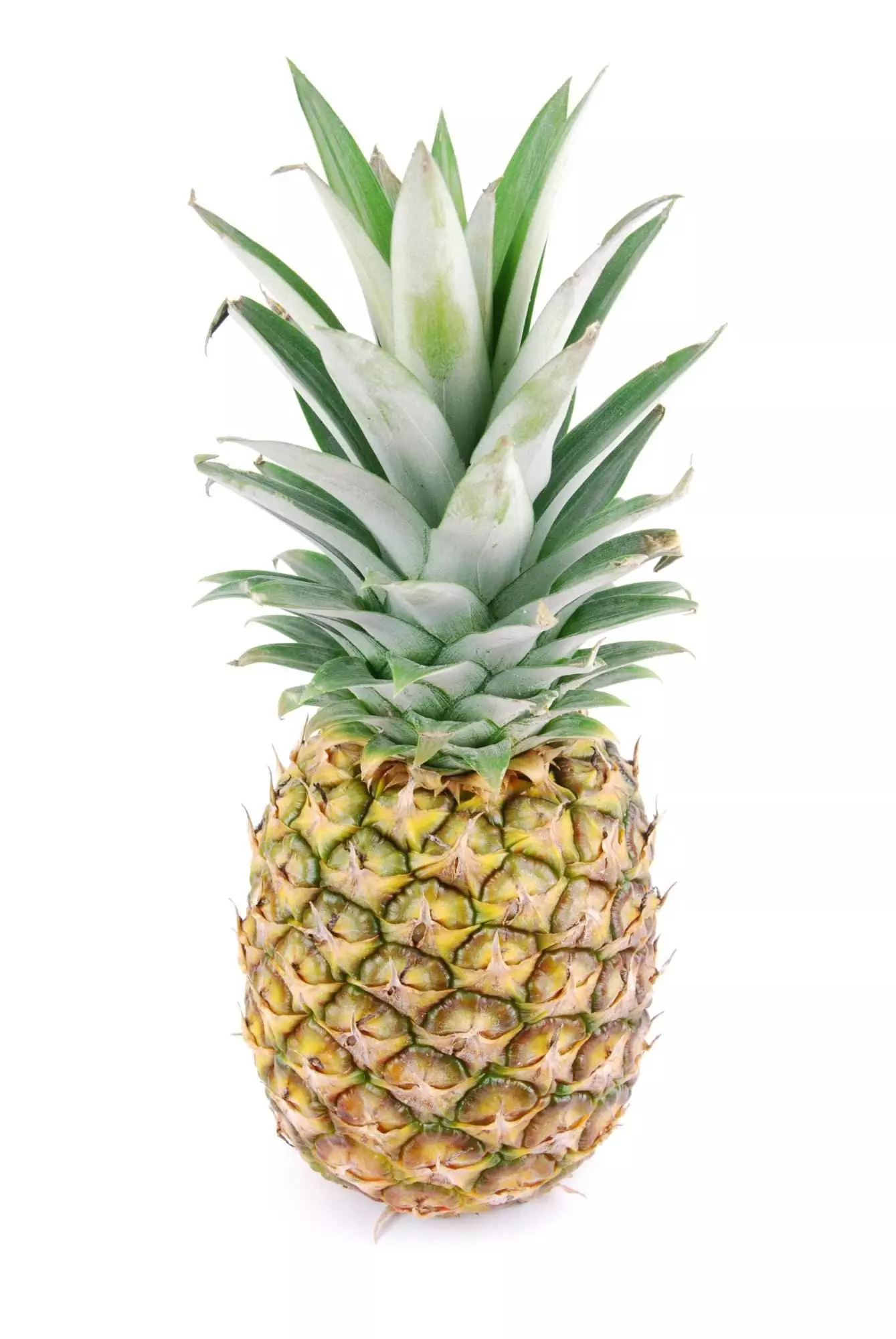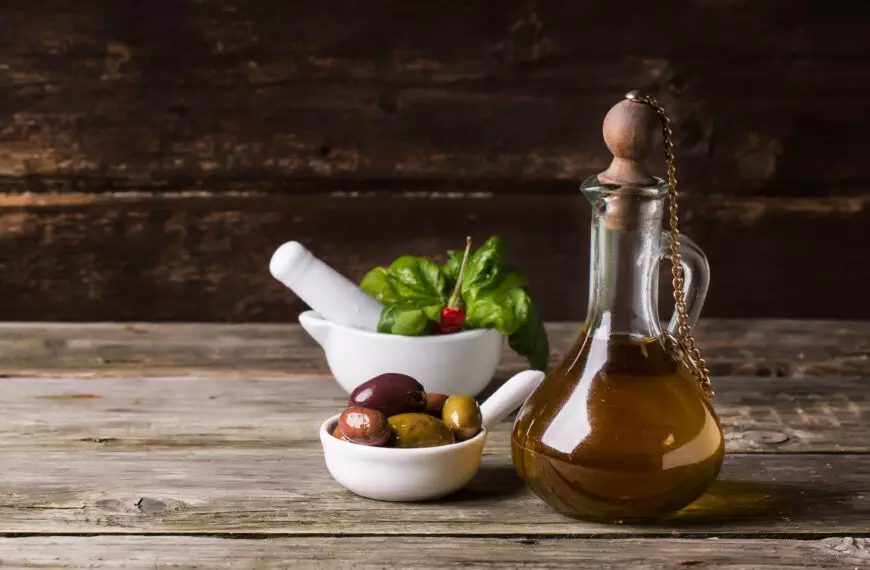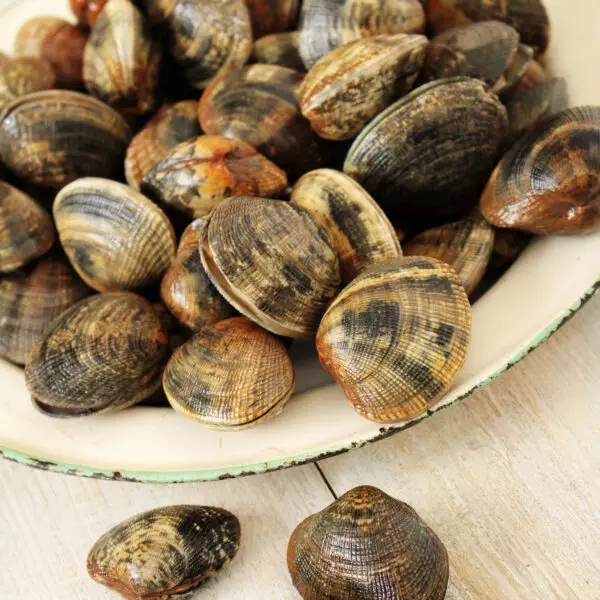Balanced nutrition is essential for maintaining good health. A balanced diet provides the body with all the necessary nutrients in appropriate proportions. In this guide, we will discuss everything you need to know about achieving a balanced diet, including food lists, portion sizes, calories, sugar addiction, and more.

Introduction to Balanced Nutrition
A balanced diet is one that includes a variety of foods from all food groups in appropriate quantities. It should provide the body with enough energy and nutrients to function optimally. A balanced diet also helps to prevent chronic diseases such as obesity, heart disease, type 2 diabetes, and some types of cancer.
The Importance of a Balanced Diet
A balanced diet is critical for overall health and wellbeing. It can help to improve mental health, boost immunity, increase energy levels, and promote better sleep. Additionally, a balanced diet can help to manage weight, reduce inflammation, and lower cholesterol levels.
Understanding Portion Sizes and Calories
Portion control is an essential aspect of achieving a balanced diet. Understanding portion sizes and calorie intake can help individuals make informed choices when it comes to their meals. For instance, a serving size of meat or poultry should be no larger than the palm of your hand, while a serving of vegetables should fill half a plate. Learning how to read labels and track calories can also help in managing portions and meeting daily nutritional needs.
End Sugar Addiction with These Tips
Sugar is a significant contributor to many health problems, including obesity, high blood pressure, and type 2 diabetes. To end sugar addiction, start by reducing your intake gradually. You can replace sugary drinks with water or unsweetened fruit juice, opt for whole fruits instead of packaged snacks, and choose lean protein sources over processed carbs.

A Comprehensive Food List for a Balanced Diet
To achieve a balanced diet, include a variety of foods from each food group. Here’s what a typical day on a balanced diet could look like:
Breakfast: Oatmeal with fresh berries, nuts, and seeds
Snack: Apple slices with almond butter
Lunch: Grilled chicken breast salad with mixed greens, cherry tomatoes, cucumber, avocado, and balsamic vinaigrette
Snack: Roasted edamame with sea salt
Dinner: Baked salmon with rosemary potatoes, steamed broccoli, and lemon wedge
Conclusion: Maintaining a Healthy Lifestyle
Maintaining a healthy lifestyle requires commitment and dedication. Besides eating a balanced diet, regular exercise, adequate rest, stress management, and avoiding smoking and excessive alcohol consumption are crucial components of a healthy lifestyle. Remember, small changes made consistently can lead to long-term success.









